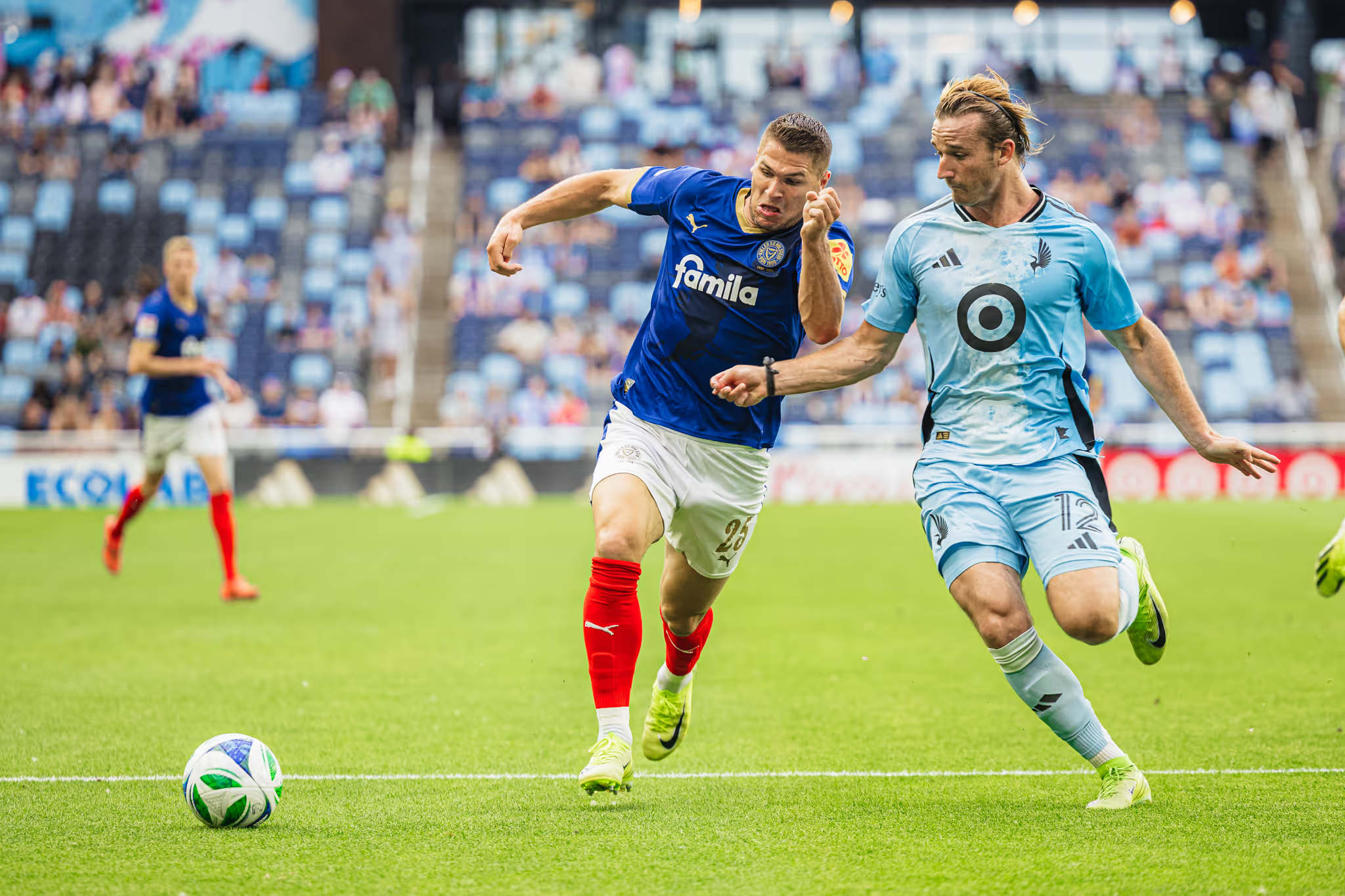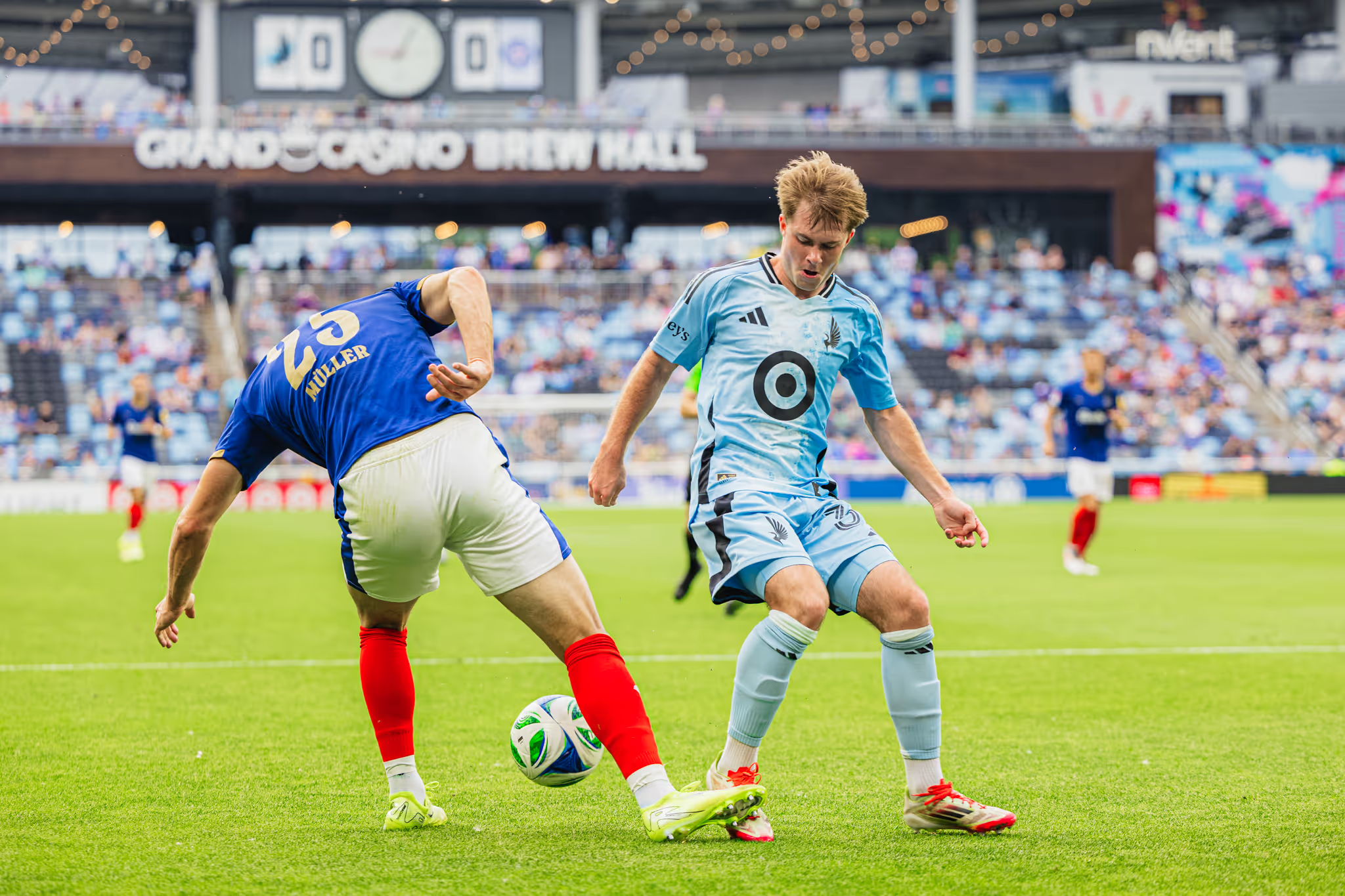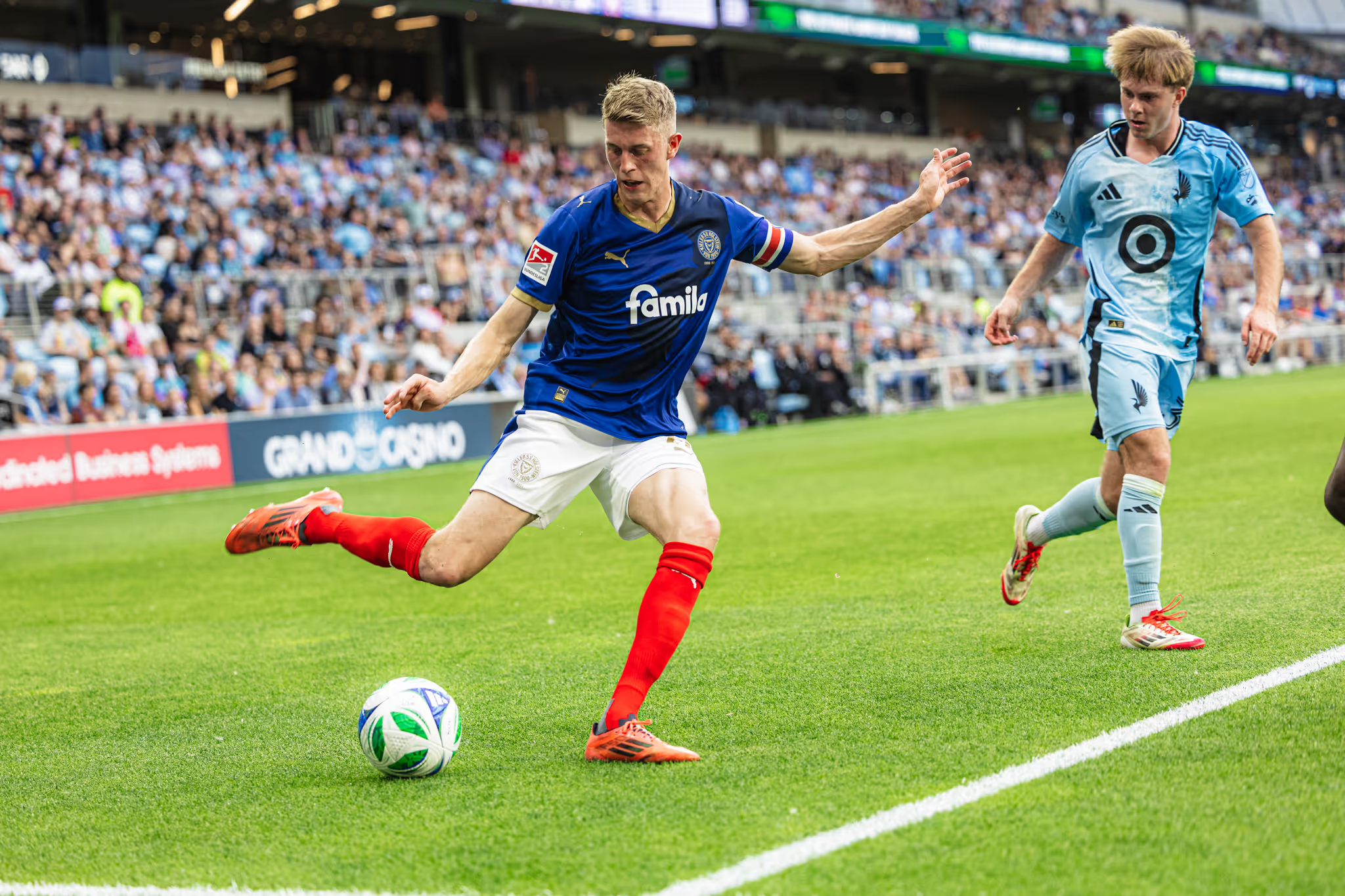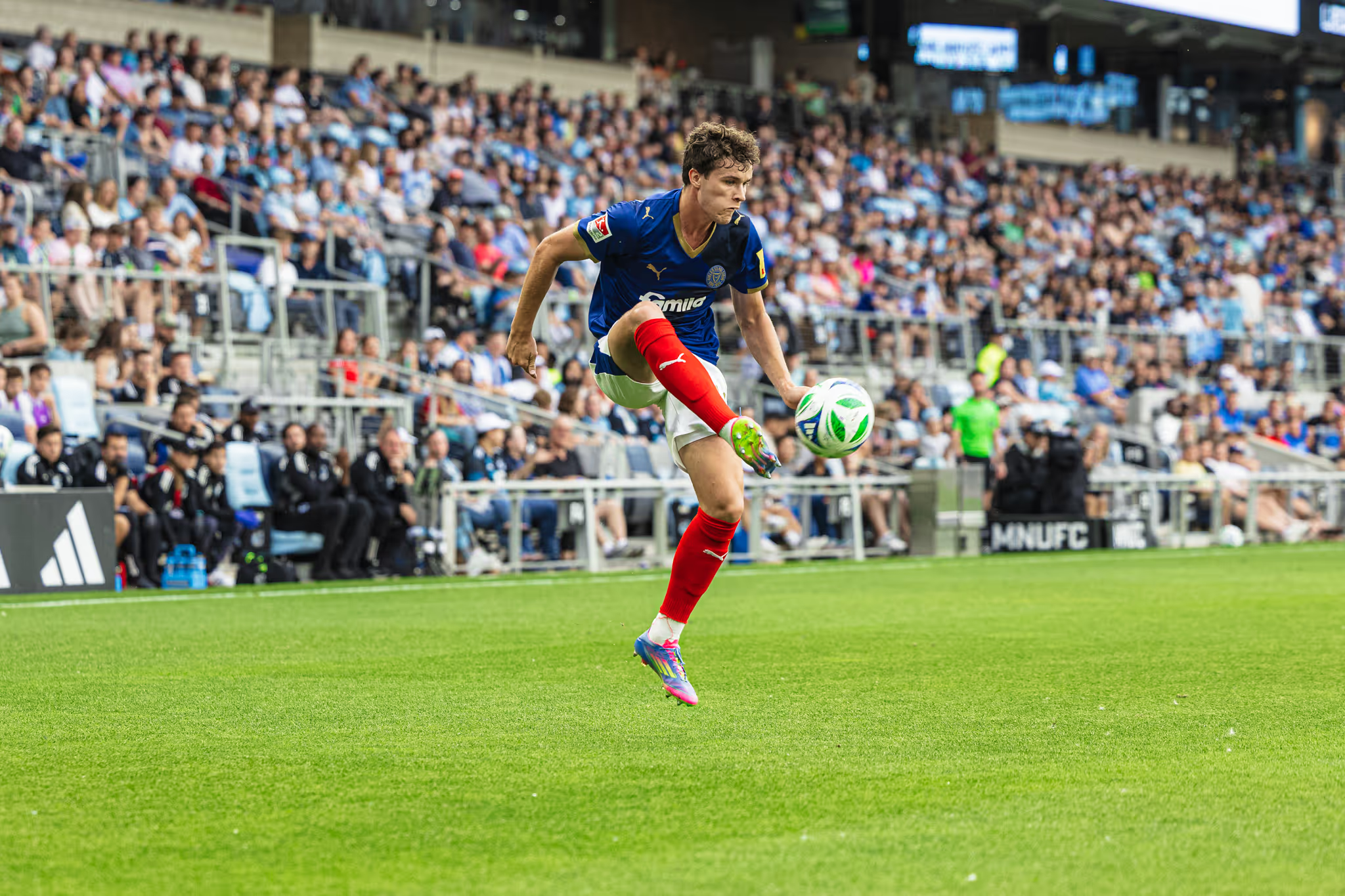FIFA Club World Cup

In an era when packed calendars and relentless competition often overshadow the subtler aspects of club development, Minnesota United’s goalless draw against Germany’s Holstein Kiel was a timely reminder of what a well-used friendly can offer. It was, in many ways, the perfect exhibition of squad depth, tactical identity, and the promise that lies in trusting a club’s next generation.

An Opportunity to Test the System — and the Players
With Assistant Coach Dennis Lawrence at the helm for the evening, the Loons lined up in a pragmatic 5-3-2 formation — a setup that balanced defensive solidity with the occasional burst forward. It’s telling that, despite deploying an almost entirely fresh eleven, the side looked comfortably familiar. This reflects well not only on the coaching staff’s ability to instill a recognizable style, but on the club’s commitment to a shared tactical DNA that runs throughout its roster tiers.
The midfield triangle, featuring Samuel Shashoua as the creative fulcrum ahead of a double pivot of Curt Calov and Hoyeon Jung, gave the team a balanced core. Meanwhile, Loïc Mesanvi and Darius Randell — both local prospects — led the line with admirable work rate, testing themselves against a Holstein Kiel outfit still fresh off a season in the German Bundesliga system.

Compact, Resilient, and Disciplined
A recurring theme this season for Minnesota has been its calculated willingness to concede possession in exchange for defensive compactness — a trait once again evident against Kiel. Rather than pressing aggressively, the Loons chose patience, keeping the midfield tight and the defensive line organized. This effectively forced Kiel wide, limiting them to speculative long-range shots and hopeful crosses into the box.
When the Germans did find space, goalkeeper Alec Smir stepped up impressively, showcasing calm shot-stopping and command of his area. Performances like his offer a reassuring glimpse into the club’s goalkeeper pipeline, a critical yet often overlooked part of any squad’s sustainability.

Promising Performances Across the Pitch
Beyond the overall tactical cohesion, several individual performances underscored the value of these low-pressure fixtures. Midfielder Hoyeon Jung was particularly bright, combining an enviable work rate with the craft needed to link the thirds and relieve pressure when the Loons did win the ball. Kipp Keller’s composure at the heart of the back three stood out as well, as did his ability to read the game and cover space when Kiel probed for gaps.
The attacking threat may have been sporadic, but the intent was unmistakable: to stretch Kiel on the break and create danger through free kicks and set pieces. It’s this counter-attacking identity — pragmatic but not passive — that has become a hallmark of Minnesota’s first team, and it’s encouraging to see it so clearly reflected at the depth level.

Bigger Than One Game: Building a Club Culture
While the match ended in a stalemate, the scoreline was always secondary to the bigger takeaway: this friendly was about more than minutes on the pitch. It was about embedding a club philosophy that resonates from the senior squad down to its youngest hopefuls. Many of these players will continue to hone their craft in MLS Next Pro or with the reserves, but nights like this show they’re learning to play the Minnesota way.
Too often, friendlies can be disjointed affairs with little to offer beyond fitness. Minnesota United turned this one into a showcase of structure, identity, and belief in their developmental pipeline — the hallmarks of clubs with sustained success.

Looking Ahead: From Low Stakes to High Pressure
For the Loons, the schedule shifts quickly from experimental to consequential. Less than 24 hours after this display of depth, the senior squad will return to Allianz Field for their U.S. Open Cup quarterfinal clash against the Chicago Fire — a match loaded with playoff implications and a chance to take another step toward silverware.
If the reserves’ performance against Holstein Kiel is any indication, the entire club is moving in a promising direction: one that prizes tactical discipline, develops its young talent, and ensures that even a 0-0 friendly can speak volumes about what lies ahead.
Additional Context:
Holstein Kiel’s visit underscores how such friendlies help bridge MLS clubs to European opponents, testing not just individual players but organizational philosophies. Clubs like Philadelphia Union and FC Dallas have famously leaned on homegrown depth to build consistent playoff teams. If Minnesota United can translate nights like this into long-term first-team contributions, they’ll join that ranks of MLS clubs where identity and development go hand-in-hand — a necessity in a league where roster constraints demand smart squad building.